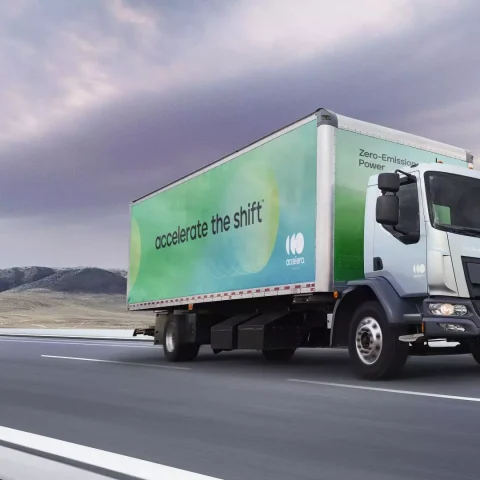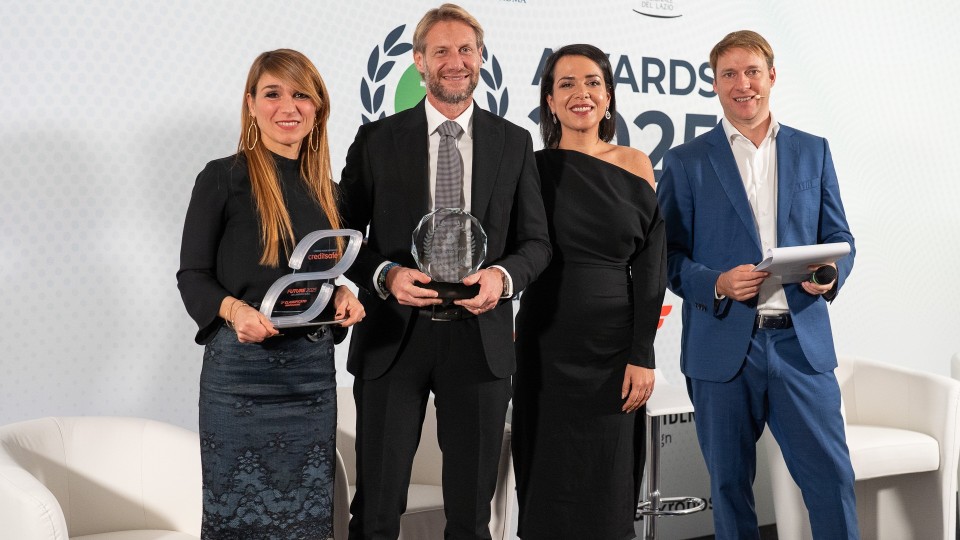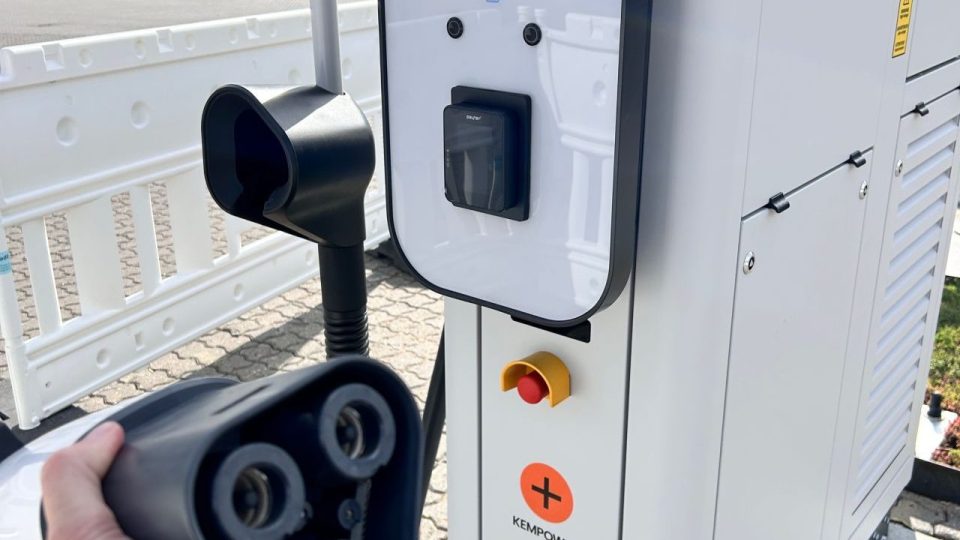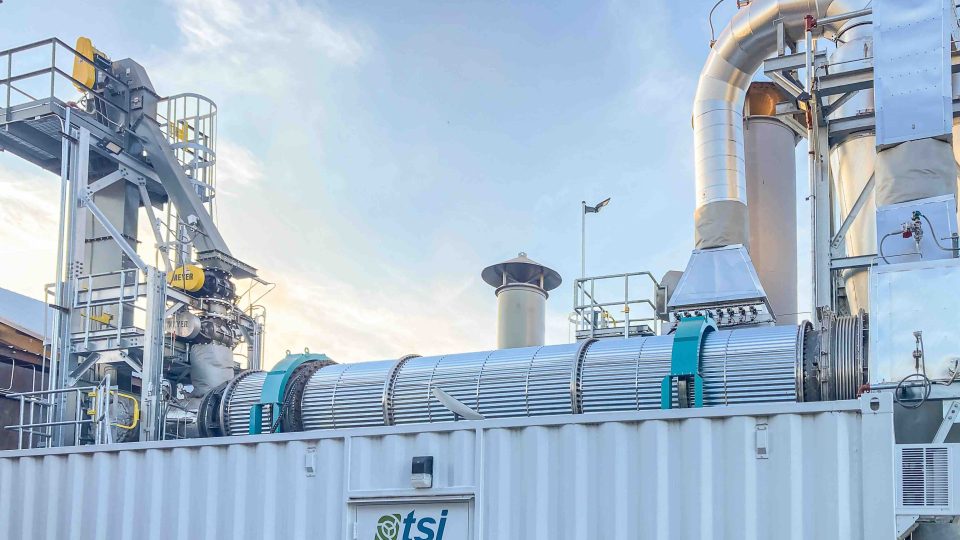Accelera by Cummins awarded $75 million from U.S. Department of Energy
Cummins will match the grant and invest $75 million for a total of $150 million to convert the space and expand production of battery packs, powertrain systems and other battery-electric vehicle (BEV) components for Accelera by Cummins.

Cummins announced that the company has been awarded from the U.S. Department of Energy $75 million to convert approximately 360,000 sq. ft. of existing manufacturing space at its Columbus (Indiana) Engine Plant (CEP) for zero-emissions components and electric powertrain systems. The $75 million grant is the largest federal grant ever awarded solely to Cummins and is part of the appropriations related to the Inflation Reduction Act.
Cummins will match the grant and invest $75 million for a total of $150 million to convert the space and expand production of battery packs, powertrain systems and other battery-electric vehicle (BEV) components for Accelera by Cummins, the company’s zero-emissions business segment. To support this additional manufacturing capacity, Cummins anticipates adding approximately 250 full-time jobs, with opportunities for the plant’s existing workforce to transition to many of these positions over time.
“This DOE grant is another step forward in the progress we are making toward a zero-emissions future and expanding battery manufacturing in the United States, strengthening our global position in electrified solutions for commercial markets,” said Amy Davis, President of Accelera by Cummins. “Today’s announcement represents a crucial step in advancing electrification and domestic battery supply chains, building on the recent creation of Amplify Cell Technologies, our battery cell joint venture with PACCAR and Daimler Truck in Mississippi. Partnership with government, customers, and the industry as a whole is required to accelerate the shift to zero. We are proud of this milestone and to be adding clean tech jobs to develop the workforce and communities of the future.”
After the completion of this project, CEP will house approximately 350 employees focused on BEV-related work. Nearly half of the 1.42 million sq. ft. facility, which opened in 1926, will be dedicated to zero-emissions manufacturing. The electric powertrains produced at CEP will result in greenhouse gas emission reductions of approximately 104 million metric tons of carbon dioxide by 2030.
“Known as Plant One, CEP was Cummins’ first engine plant in our headquarter city of Columbus, Indiana, and this grant from the DOE allows us to broaden the legacy of the site even further. By expanding the production of batteries and electric vehicle components at CEP, at the same plant where we manufacture blocks and heads for our current and next-generation, engine-based solutions, we continue to prove our commitment to Destination Zero and dedication to innovation, strengthening the communities we serve and environmental stewardship,” said Jennifer Rumsey, Chair and CEO of Cummins. “As a Columbus native, I am especially proud of the significant contribution Cummins is making to economic and social vibrancies of the local community alongside our broader goals of improving and decarbonizing commercial and industrial applications.”







